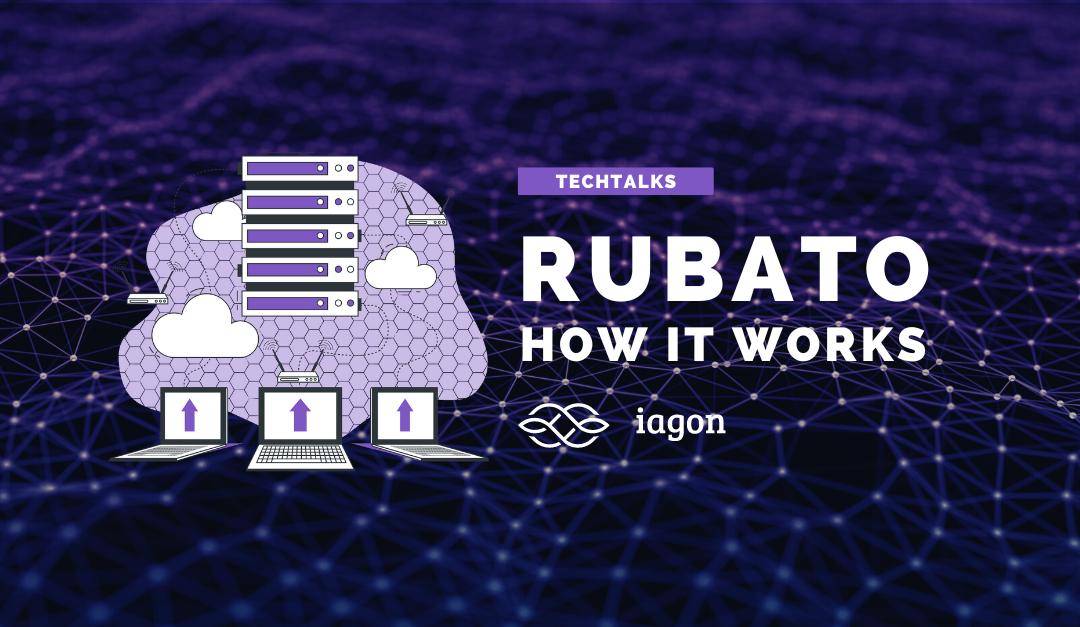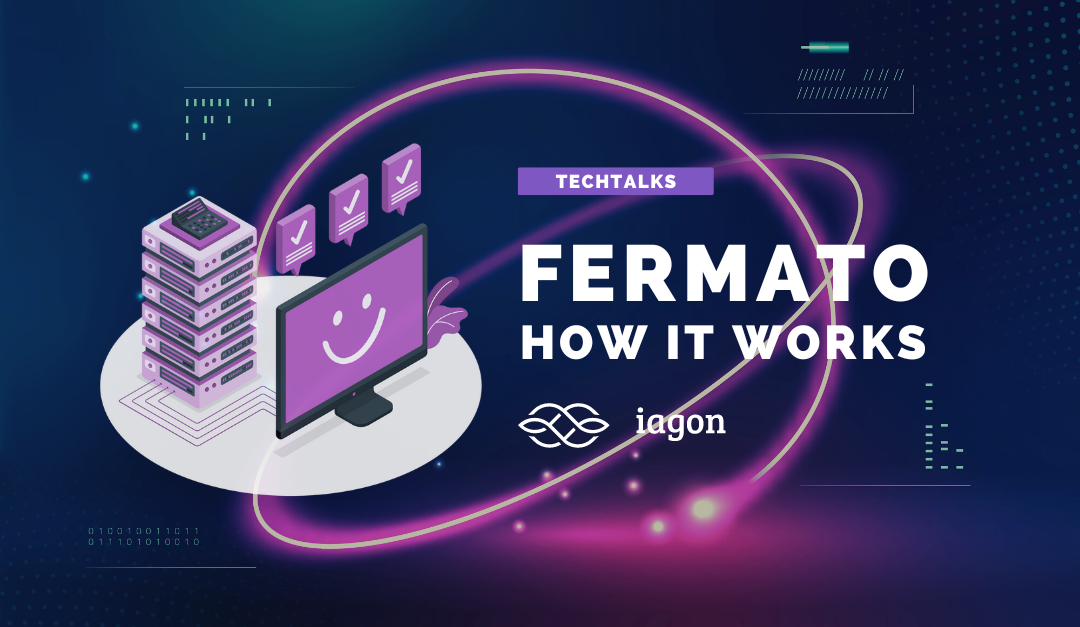This article is a part of the TechTalks series and explains one of the technical aspects of Iagon’s shared storage platform. This time, we want to elaborate on Adagio, a part of our high-level architecture. The purpose of this protocol component is to reward storage providers contributing to the Iagon’s decentralized network.
Architecture 101
In basic terms, Adagio is responsible for the rewards model on Iagon’s platform. It calculates the rewards for staking or providing storage, tracks the performance of storage nodes, and performs operations that result in generating additional yield for the providers.

The process
So how does Adagio work exactly when it comes to the interaction with resource providers?
First, the provider has to offer their storage space for the Iagon’s network users for a defined period. What’s worth noting, the initial calculation of rewards takes place precisely at this point.
The protocol verifies the connection, comparing the commitment ID submitted by the provider with the state of the network. Once the verification is complete, Adagio reserves tokens (stablecoins paid by the consumers for storage subscription) in the storage marketplace, based on the appropriate trading rate.
Next, Adagio generates an NFT receipt as confirmation for the resource provider. The NFT receipt is necessary for locking rewards for contributing storage. These rewards will be locked throughout the whole commitment period. In the meantime, they are used for providing liquidity and generating additional yield in return.
Throughout the commitment period, the behavior of the resource provider is regularly evaluated to determine the appropriate rewards.
Finally, Adagio transfers the rewards earned, along with the generated yield and an NFT receipt, to the storage provider’s wallet.
Network Performance Explorer
As mentioned above, the performance of the resource providers is regularly evaluated by the Network Performance Explorer module. Various parameters are taken into consideration. These include, but are not limited to, node uptime, connection quality, and transfer speed. All this is necessary to calculate the performance multiplier which influences the final reward. The multiplier is expressed as a percentage. The 100% value indicates the best storage providers, and 0% indicates malicious behavior or unsatisfactory performance.
In case of bad performance, resource providers get slashed and lose a portion of their rewards.
Rewards
It was already explained that the rewards earned by the storage provider are locked until the end of the commitment period. They are multiplied by the performance multiplier to calculate the base rewards.
Users, who stake their IAG tokens in Iagon’s storage marketplace, can earn additional rewards in the form of bonuses. These are proportional to the number of tokens staked and consist of the marketplace fees and yield generated on locked rewards.
Finally, the total rewards are the sum of the base rewards and bonuses.
What’s worth noting, the performance multiplier is influenced by the amount of the IAG tokens staked to the node connection and the degree of voluntary user verification. Moreover, allowing for rewards to be locked for longer accumulates compounding interest. As the base reward increases periodically throughout the lock-up, the yield grows as well, as it depends on the volume of locked rewards.
Stay tuned
We hope this article answered some of your questions concerning our reward mechanism. In the future, you can expect similar descriptions of other components of the Iagon’s protocol. The Iagon team is working day and night to improve the technology and provide you with an excellent product. If you’d like to learn more about our high-level architecture and other aspects of the decentralized shared storage platform, feel free to look through the whitepaper.




